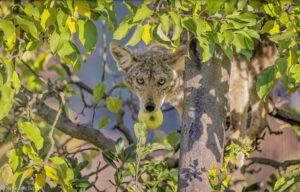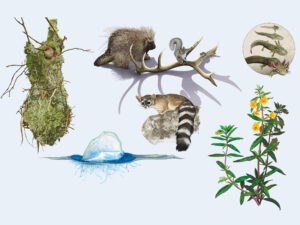Originally, these Anglo-Saxon words referred respectively to species of the genera Rana and Bufo, Britain’s native taxa. (Rana and Bufo are Latin for frog and toad—those genera are also the common ones in Italy.) As English-speakers moved across North America, however, they tended to name any aquatic or smooth-skinned anurans “frogs” and any terrestrial or rough-skinned ones “toads.” This worked well for creatures that fit into the genus Rana, like the red-legged and yellow-legged frogs, or Bufo, like western toads. But it doesn’t work for creatures like Pacific treefrogs and spadefoot toads, which belong to different families than “true” frogs and toads.
Pacific treefrog nomenclature is particularly problematic. Hyla regilla seldom climbs trees, but is called a treefrog because it belongs to a large, worldwide genus of which many species do live in trees. To further complicate things, some taxonomists recently re-classified the species in another genus, Pseudacris, a group of small, terrestrial frogs, commonly called chorus frogs, which live mainly in eastern North America. Herpetologists I spoke to disagree with this change, however, and the Pacific treefrog looks more like a Hyla to me than a Pseudacris. Like other Hyla species, for example, it has the toe pads that make the genus adept climbers, and which chorus frogs lack. So, although I’ve never seen one in a tree, I still call Hyla regilla a treefrog.




